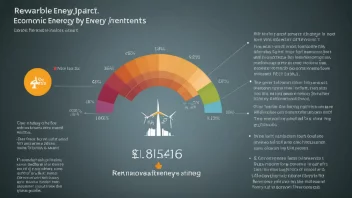What is data analytics in the context of policy-making?
Data analytics in policy-making refers to the systematic computational analysis of data to inform and improve decision-making processes in governance. It involves collecting, processing, and interpreting large sets of data to identify trends, patterns, and insights that can guide public policy decisions.
How is data analytics used in policy-making?
Data analytics is used in various ways, including:
- Predictive Analysis: Forecasting future trends based on historical data.
- Performance Measurement: Evaluating the effectiveness of policies and programs.
- Public Engagement: Analyzing citizen feedback to shape policies that meet community needs.
- Resource Allocation: Optimizing the distribution of resources based on data-driven insights.
What are some examples of data analytics in action?
Several governments and organizations have successfully implemented data analytics in their policy-making processes:
- New York City’s Crime Analysis: The NYPD uses data analytics to identify crime hotspots and allocate police resources effectively.
- Health Policy in the UK: The NHS analyzes patient data to improve healthcare delivery and patient outcomes.
- Environmental Policies: Governments use data to monitor air quality and develop strategies to combat pollution.
What are the benefits of using data analytics in policy-making?
The benefits include:
- Informed Decisions: Data-driven insights lead to better policy outcomes.
- Efficiency: Streamlining processes and reducing costs through optimized resource allocation.
- Transparency: Data analytics promotes accountability and trust in government actions.
- Public Engagement: Enhanced ability to respond to the needs and concerns of citizens.
What challenges does data analytics face in policy-making?
Despite its advantages, data analytics also faces several challenges:
- Data Privacy: Ensuring citizen data is protected and used ethically.
- Quality of Data: Poor quality or biased data can lead to misleading conclusions.
- Skill Gaps: A lack of trained personnel to analyze and interpret data effectively.
- Resistance to Change: Institutional inertia can hinder the adoption of data-driven approaches.
How can governments improve their use of data analytics?
Governments can enhance their data analytics capabilities by:
- Investing in Training: Providing education and training for staff in data analysis techniques.
- Enhancing Data Infrastructure: Building robust systems for data collection and sharing.
- Promoting Collaboration: Encouraging partnerships between government, academia, and the private sector to leverage expertise.
- Establishing Ethical Guidelines: Developing frameworks to ensure ethical use of data.






